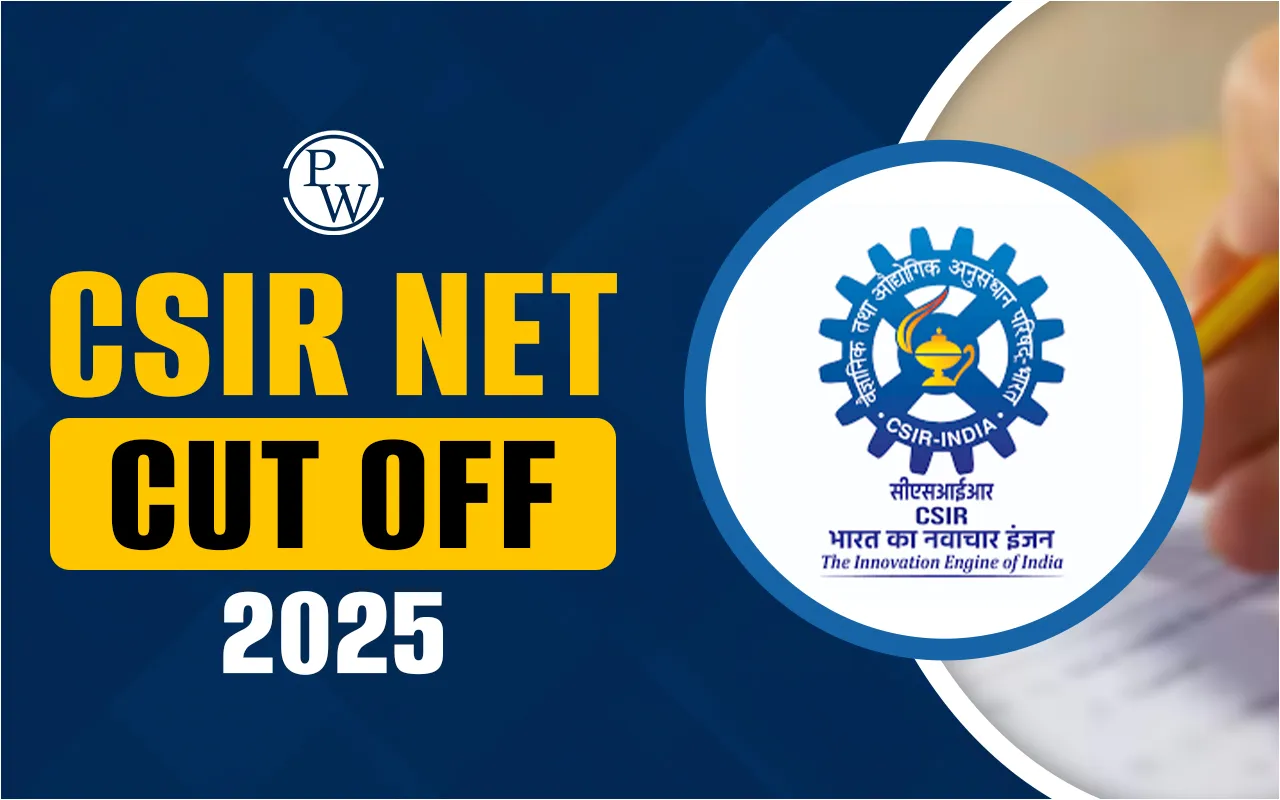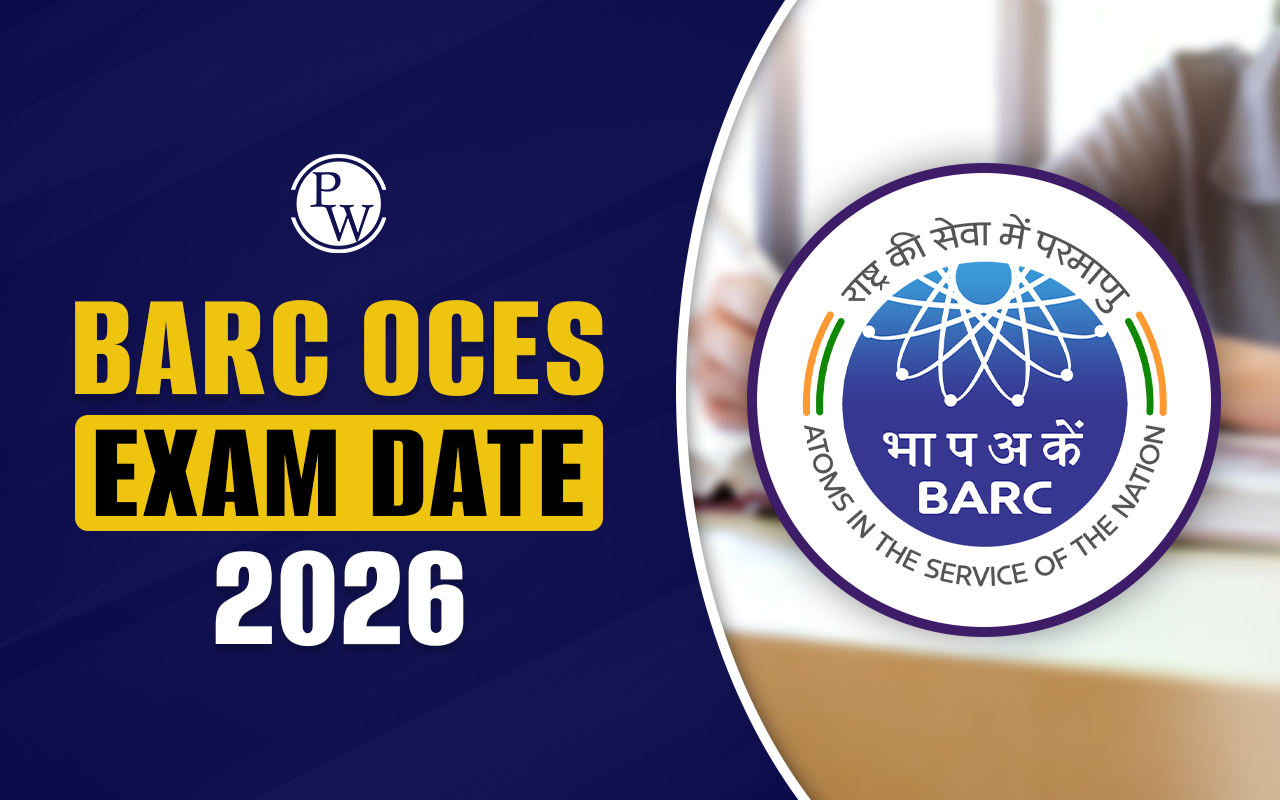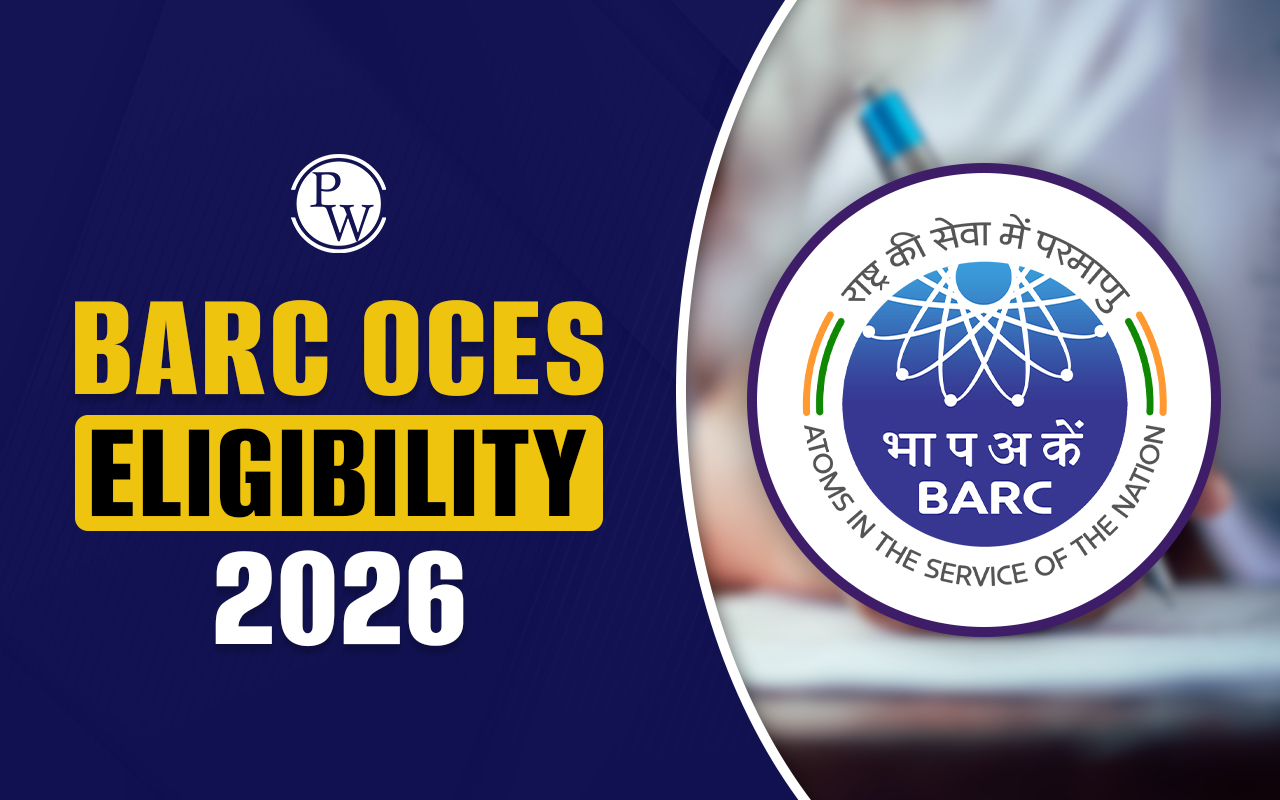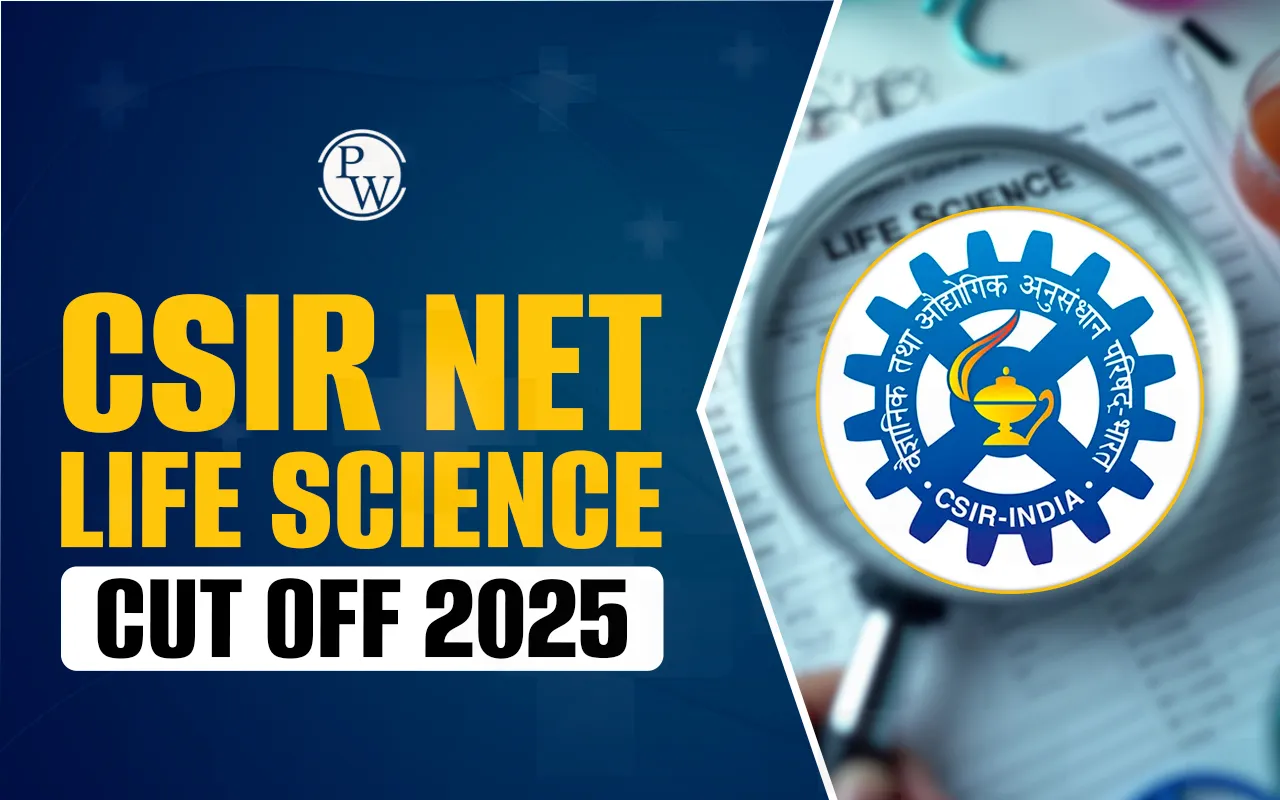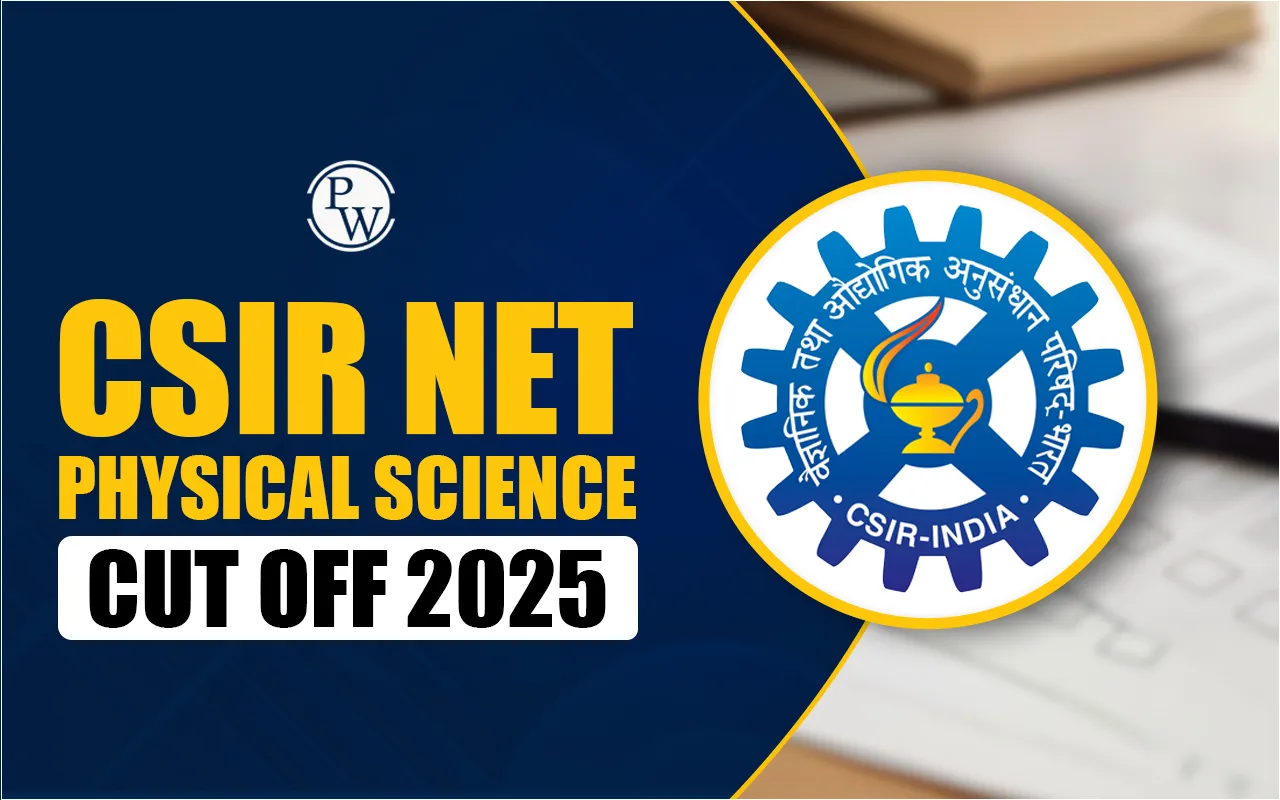
Top Down and Bottom Up Control in Trophic Structure: The trophic structure is the term used to describe the manner in which organisms are arranged in a hierarchy within an ecosystem according to how they are fed. It involves the flow of energy and nutrients through different trophic levels, such as producers (plants), primary consumers (herbivores), secondary consumers (carnivores), and so on. For the stability and balance of the ecological system to be maintained, trophic interaction dynamics are crucial. "Top-down control" and "bottom-up control" are two well-known theories that describe how trophic structure is controlled. These concepts demonstrate how the species' abundance and interactions at one trophic level can affect the dynamics and structure of the entire food web.
Top-Down Control
Top-down control also referred to as trophic cascade or apex-predator control, is the process by which predators at the top of the food chain have an impact on the behavior and abundance of lower-level consumers, and ultimately, on primary producers. In this situation, predators control the trophic levels of the food chain that are below them. Ecosystems, where predators exert significant control over herbivore populations, exhibit top-down control. For instance, when a top predator is numerous, it puts pressure on herbivores, which controls their population. In turn, this stops herbivores from overgrazing plants, preserving the well-being and abundance of primary producers. The reintroduction of wolves in Yellowstone National Park serves as a prime illustration of top-down management. The number of elk, which were wolves' prey, fell after they returned. Elk stopped overgrazing as a result, which led to a flourishing of the vegetation, including willow and aspen trees. This had a cascading effect on numerous other species in the ecosystem.Bottom-Up Control
Bottom-Up Control: Bottom-up control, also referred to as nutrient or resource limitation, affects higher trophic levels by acting at the base of the food web. In this scenario, the abundance and dynamics of consumers and predators at higher trophic levels are controlled by the availability of resources like sunlight, nutrients, and primary producers (like plants and phytoplankton). Changes in nutrient availability or primary productivity can have cascading effects up the food chain in an ecosystem with strong bottom-up control. Algal blooms, for instance, can be brought on by increased nutrient runoff from land in a marine ecosystem. These blooms boost the number of herbivorous zooplankton by providing them with a greater supply of food. As a result, higher trophic levels like fish and marine mammals are supported by this abundance. Top-down and bottom-up control may coexist in some circumstances and interact in complex manners. For instance, in aquatic ecosystems, the trophic structure can be influenced by both the presence of predators (top-down) and the availability of nutrients (bottom-up). Herbivore populations may be constrained by predator control, and the productivity of primary producers—which in turn affects the abundance of herbivores—can be influenced by nutrient availability. Overall, top-down versus bottom-up control has different relative weights in different ecosystems and is influenced by a variety of variables, including resource availability, predator abundance and behavior, and environmental conditions. Additionally, top-down and bottom-up control can become out of balance due to human activities such as fishing, deforestation, and pollution, which can have an adverse impact on the environment and ecosystems. In conclusion, top-down and bottom-up control mechanisms interact intricately to regulate trophic structure. The abundance and dynamics of higher trophic levels can be influenced by resources and productivity at the base of the food web, while lower trophic levels can be influenced by predators at the top of the food web through trophic cascades. For the management and conservation of ecosystems as well as for preserving their stability and ecological balance, an understanding of these interactions is vital.
